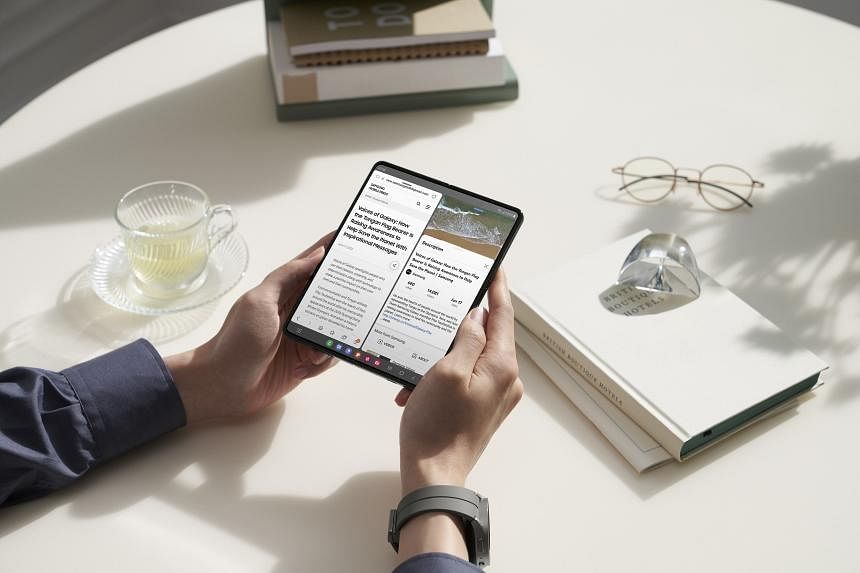SINGAPORE – The smartphone market has been in a flurry the last two months with Samsung, Apple and Google releasing their new flagship devices in quick succession.
None of them are radically different from their predecessors. But taken together, they showcase just how far mobile device technology has come in less than 20 years. Standard features on premium smartphones these days include dual or triple camera systems, ultra-crisp displays and processing chips that can rival personal computers.
But the big names are not the only players in the game. British technology start-up Nothing entered the market in August with the aim of offering customers a more interesting and affordable alternative.
Here is a closer look at the new releases.
1. Google Pixel 7 and 7 Pro
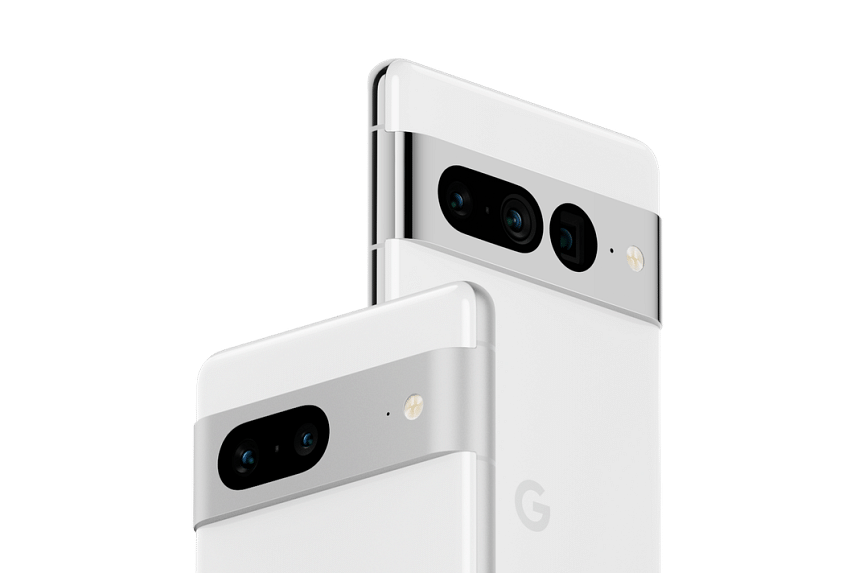
Key facts: Both models carry a Google Tensor G2 chip, 8GB RAM with 128GB or 256GB storage; 50MP main (f/1.85 aperture) and 12MP (f/2.2) ultra-wide rear cameras plus 10.8MP front camera (f/2.2).
Pixel 7: Starts at $999; comes with a 6.3-inch OLED display with 90Hz refresh rate, measures 155.6mm by 73.2mm by 8.7mm and weighs 197g.
Pixel 7 Pro: From $1,299; comes with a 6.7-inch OLED display with up to 120Hz refresh rate, measures 162.9mm by 76.6mm by 8.9mm and weighs 212g weight. It also has a 48MP (f/3.5) telephoto camera on the rear.
Info: https://str.sg/wVJA
Google’s latest flagship phones landed in Singapore stores on Thursday after a week of pre-orders. The new Pixel 7 and Pixel 7 Pro models streamline the distinctive camera bar on the back chassis that was introduced with the Pixel 6 and Pixel 6 Pro. The bar is now made with sleek aluminium that is also more durable than the previous iteration in glass.
Google has also continued to use artificial intelligence algorithms to improve the photography and videography capabilities of its Pixel phones, supplemented by its proprietary Tensor G2 chip. Expect improved quality on low-light photos, as well as greater functionality in post-processing with tools such as Face Unblur, which aims to make blurry photos a thing of the past.
2. Apple iPhone 14 Pro and Pro Max
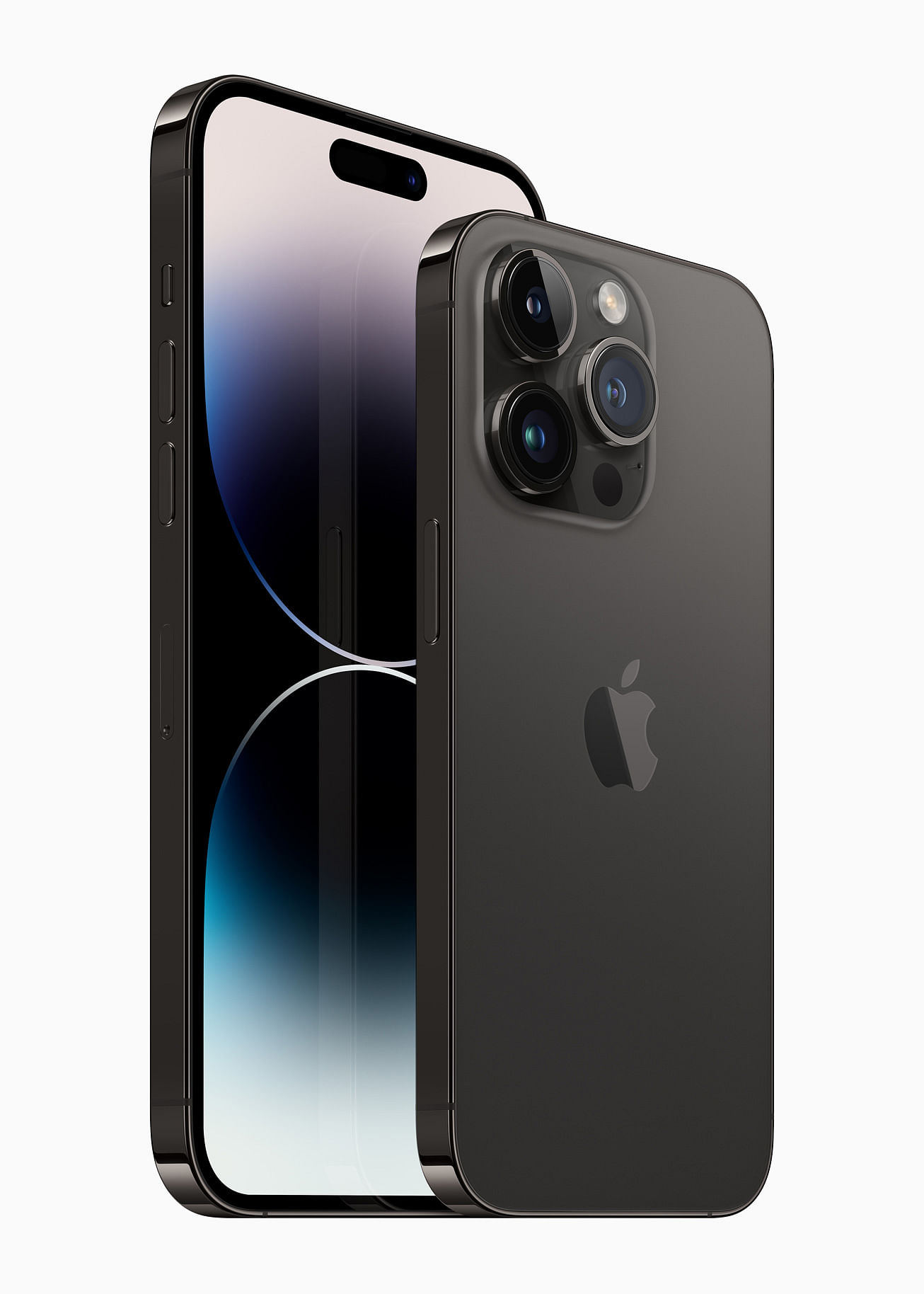
Key facts: Both models carry an A16 bionic chip, 128GB, 256GB, 512GB or 1TB storage, a rear camera system including a 48MP (f/1.78) main camera, 12MP ultra-wide (f/2.2) and telephoto (f/2.8) cameras, plus a 12MP (f/1.78) front camera.
iPhone 14 Pro: From $1,649; comes with a 6.1-inch OLED display with 120Hz refresh rate, measures 147.5mm by 71.5mm by 7.85mm and weighs 206g
iPhone 14 Pro Max: $1,799; comes with a 6.7-inch OLED display with 120Hz refresh rate, measures 160.7mm by 77.6mm by 7.85mm and weighs 240g
Info: https://str.sg/wVJd
As far as looks and technical specifications go, Apple’s latest iPhone 14 series is not a significant update of 2021’s iPhone 13 models. But as always, the Californian company continues to question design ideas people may take for granted. For instance, the necessity of the headphone jack, which has not been seen from 2016’s iPhone 7 onwards.
This time around, the innovation takes the form of an oblong cut-out – called the Dynamic Island – located on the top of the screen on the higher-end Pro and Pro Max models. It replaces the notch cut-out seen on older iPhone models and the lower-end Phone 14 and iPhone 14 Plus. It is arguably both a hardware and software feature – housing the front camera and morphing as needed in size and shape to become a notification centre or remote control for apps like Spotify.
3. Samsung Galaxy Z Flip4 5G and Galaxy Z Fold4 5G
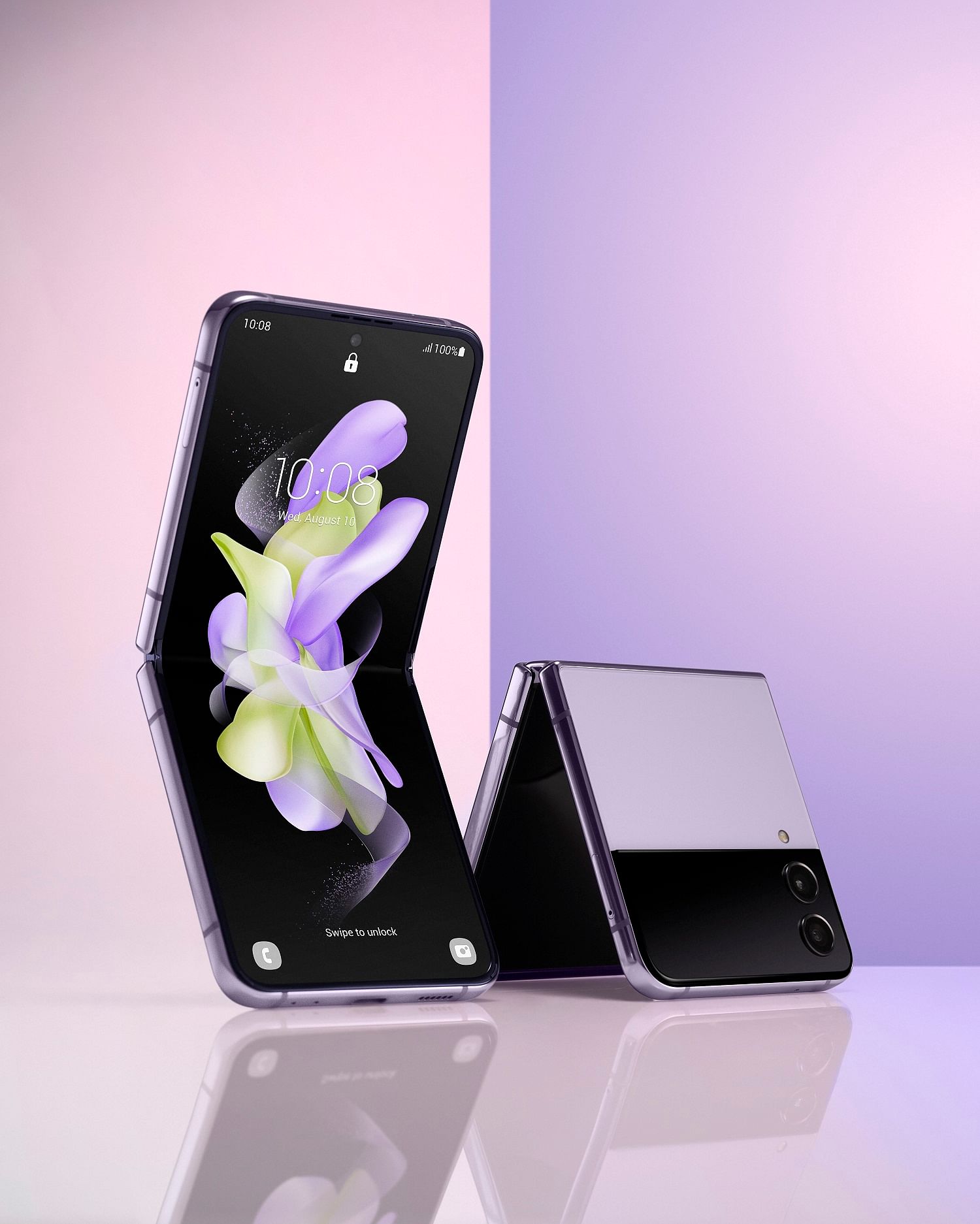
Key facts: Both phones are powered by Qualcomm Snapdragon 4nm Octa Core processors.
Galaxy Z Flip4 5G: From $1,398, 8G RAM with 128GB, 256GB or 512GB storage and weighs 187g. Cameras include 12MP ultra-wide (f/2.2) and wide-angle (f/1.8) systems on the rear, plus a 10MP (f/2.4) front camera. When unfolded, it has a 6.7-inch AMOLED display with a 120 Hz refresh rate, and measures 71.9mm by 165.2mm by 6.9mm (excluding main screen frame). The device’s length almost halves to 84.9mm when folded.
Samsung Galaxy Z Fold4 5G: From $2,398, 12GB RAM with 256GB, 512GB or 1TB storage and weighs 263g. Camera system includes 50MP wide angle (f/1.8), 12MP ultra-wide (f/2.2) and 10MP telephoto (f/2.4) cameras on the rear and a 10MP (f/2.2) selfie camera. When unfolded, it has a 7.6-inch AMOLED display with 120Hz refresh rate, and measures 130.1mm by 155.1mm by 6.3mm The device’s width is halved to 67.1mm when folded.
Info: https://str.sg/wVJP
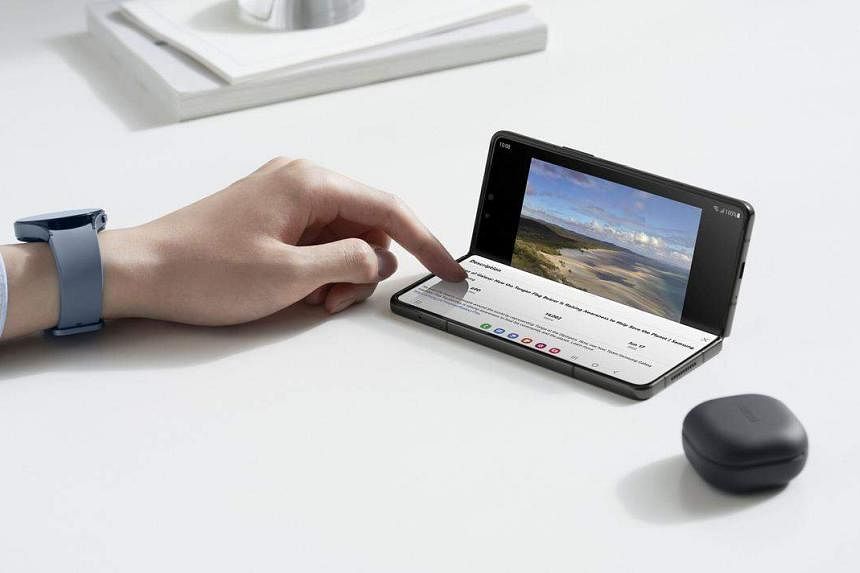
Samsung continues to push ahead with its innovative Flip and Fold, with the latest models announced in August before going on sale on Sept 2.
The Galaxy Z Flip4 5G is the newest iteration of the South Korean tech giant’s modern throwback to the clamshell phone of years past. Other than a more polished hinge compared with its predecessors, the improvements over last year’s Flip3 are minor.
But that does not detract from the phone’s fun and elegant design. For instance, the folded phone has a 1.9-inch “cover screen” which is fully customisable – you can even use an animated GIF or video as the background.
The Bespoke studio is also back, allowing customers to choose from 75 frame options and glass combinations to get a Flip 4 5G device in a colourway of their choice. To see the customisation occur in real time, head over to the Bespoke robot monument at the Samsung Galaxy Studio pop-up outside Mandarin Gallery in Orchard Road, which runs until Nov 2.
Meanwhile, the Samsung Galaxy Z Fold4 5G provides a strong answer to anyone who wants a phablet with added portability. When unfolded, the Fold4 is big enough to make reading books, watching videos or playing games a far more comfortable proposition than with a regular smartphone.
Thanks to the screen’s dual infrastructure, multi-taskers can also load different apps on each side, and run them simultaneously while on Multi mode. But the Fold4’s most interesting feature is arguably its Flex mode, where the phone can be unfolded halfway and used like a miniature laptop.
These functions are not new to the Fold4 iteration. But the updated model is lighter and has a more refined hinge, allowing for a smoother user experience.
4. Nothing Phone (1)
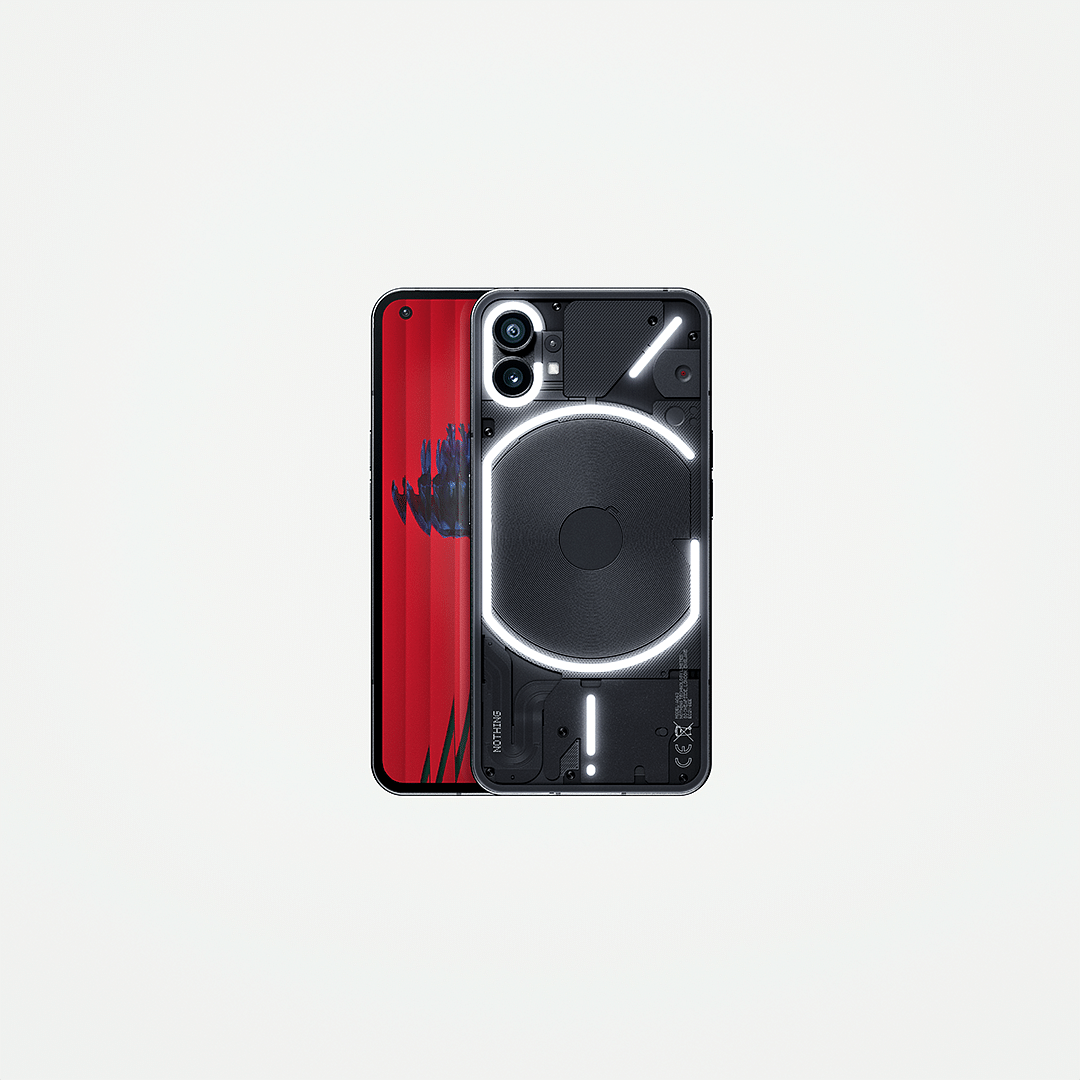
Key facts: From $769, with a Qualcomm Snapdragon 778G+ chip, 8GB RAM with 128GB or 256GB storage or 12GB RAM with 256GB storage, 6.55-inch OLED display with a 120Hz refresh rate. It measures 159.2mm by 75.8mm by 8.3mm, weighs 193.5g and has dual 50MP main and ultra-wide rear cameras, plus a 16MP front camera. The phone comes in black or white and runs on Android.
Info: https://str.sg/wVJW
Launched in August, the Nothing Phone (1) by British start-up Nothing is the maverick entrant looking to compete with the big guns of the smartphone world. The company is led by Mr Carl Pei, who was one of the founders of OnePlus, a Chinese premium smartphone brand owned by Oppo – and its name arose from Mr Pei’s aim to create technology that “fades into the background and feels like nothing”.
Arguably, however, the Phone (1) does not succeed in fading into the background with its striking transparent back and so-called “glyph interface” – a combination of 900 LEDs that light up in unique patterns depending on who you are calling, the phone’s charging status, and so on.
The company also claims the aluminium frame is 100 per cent recycled.
